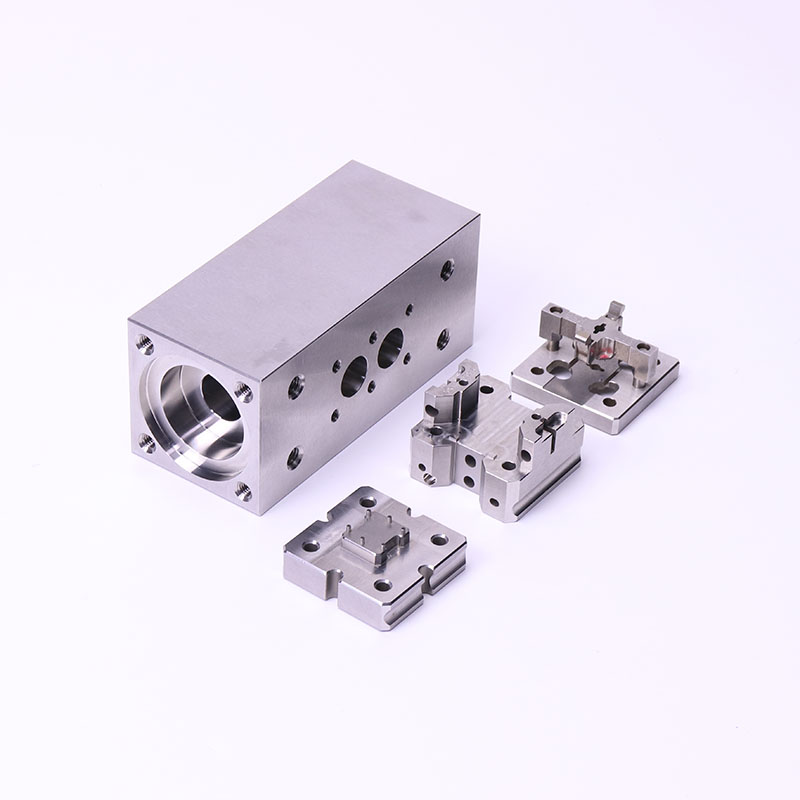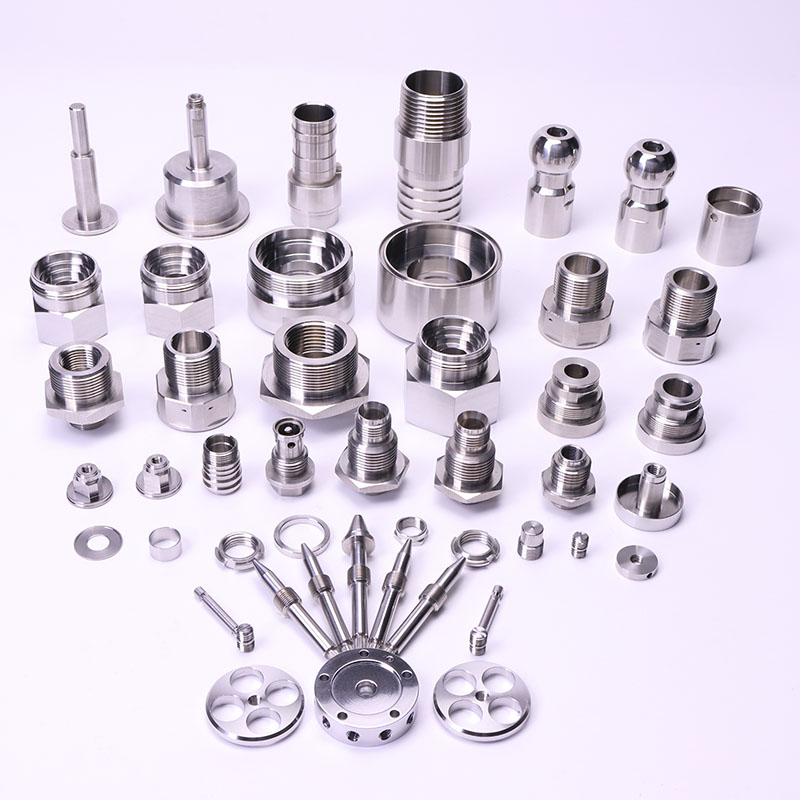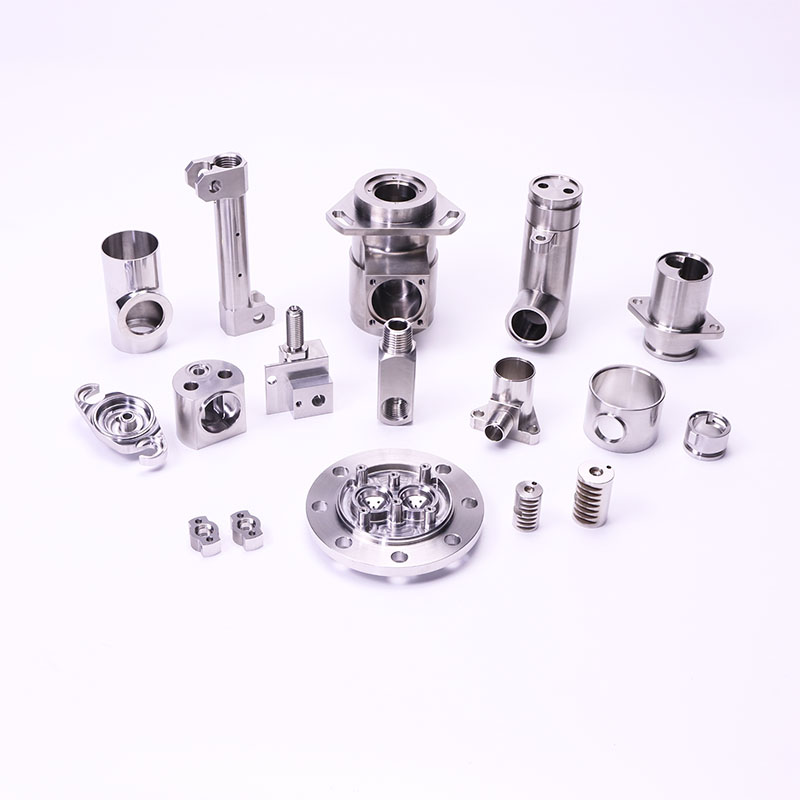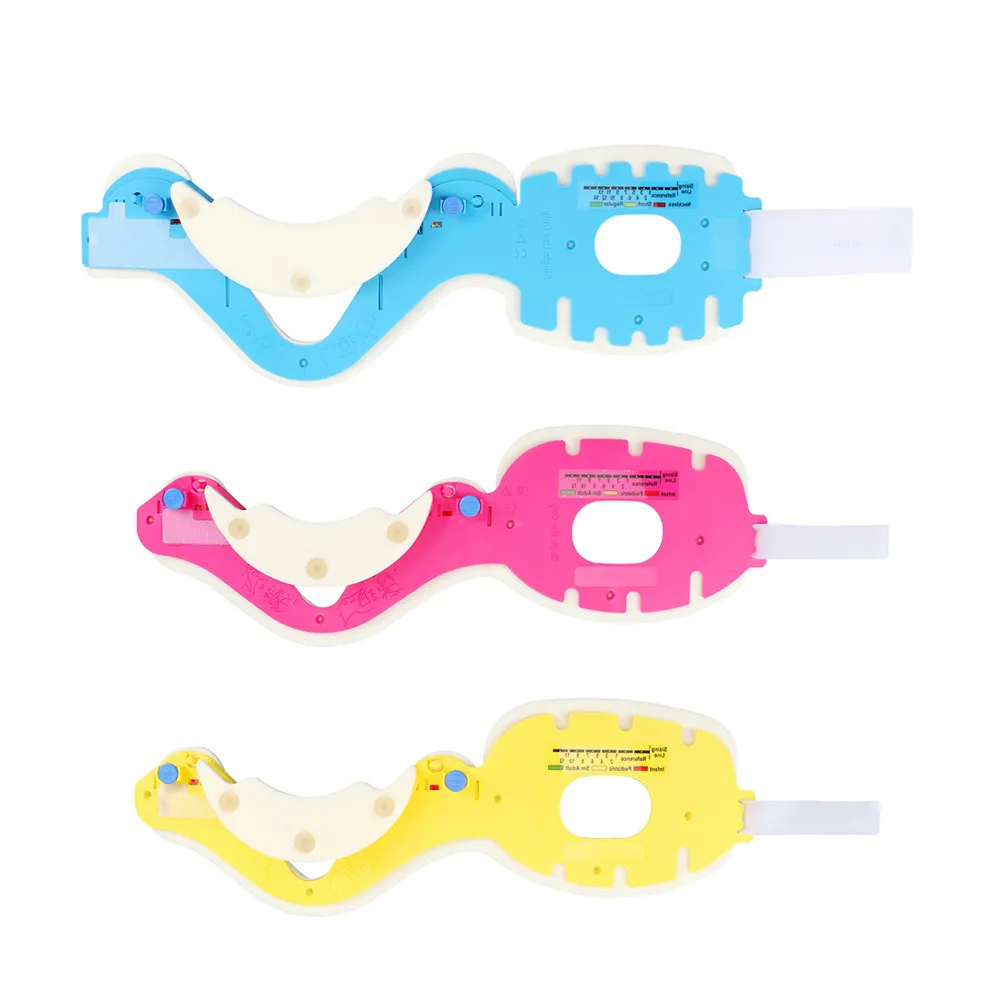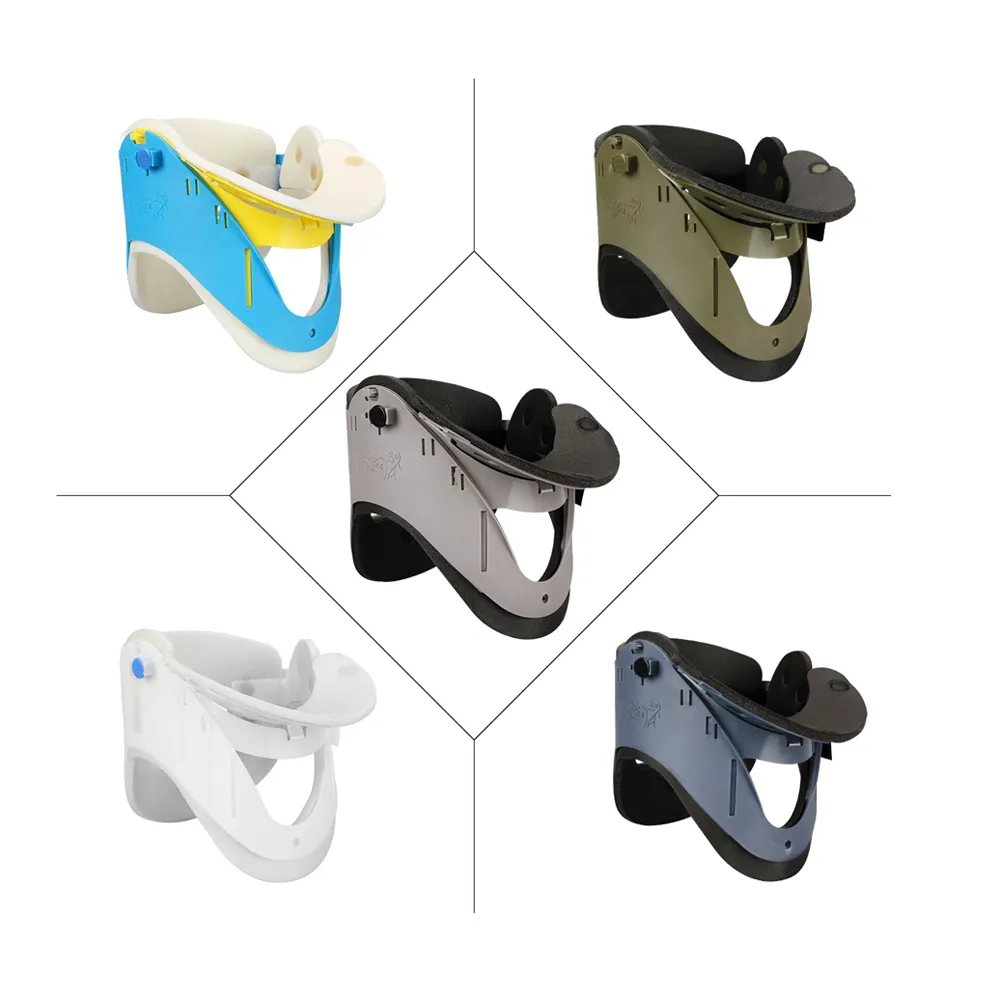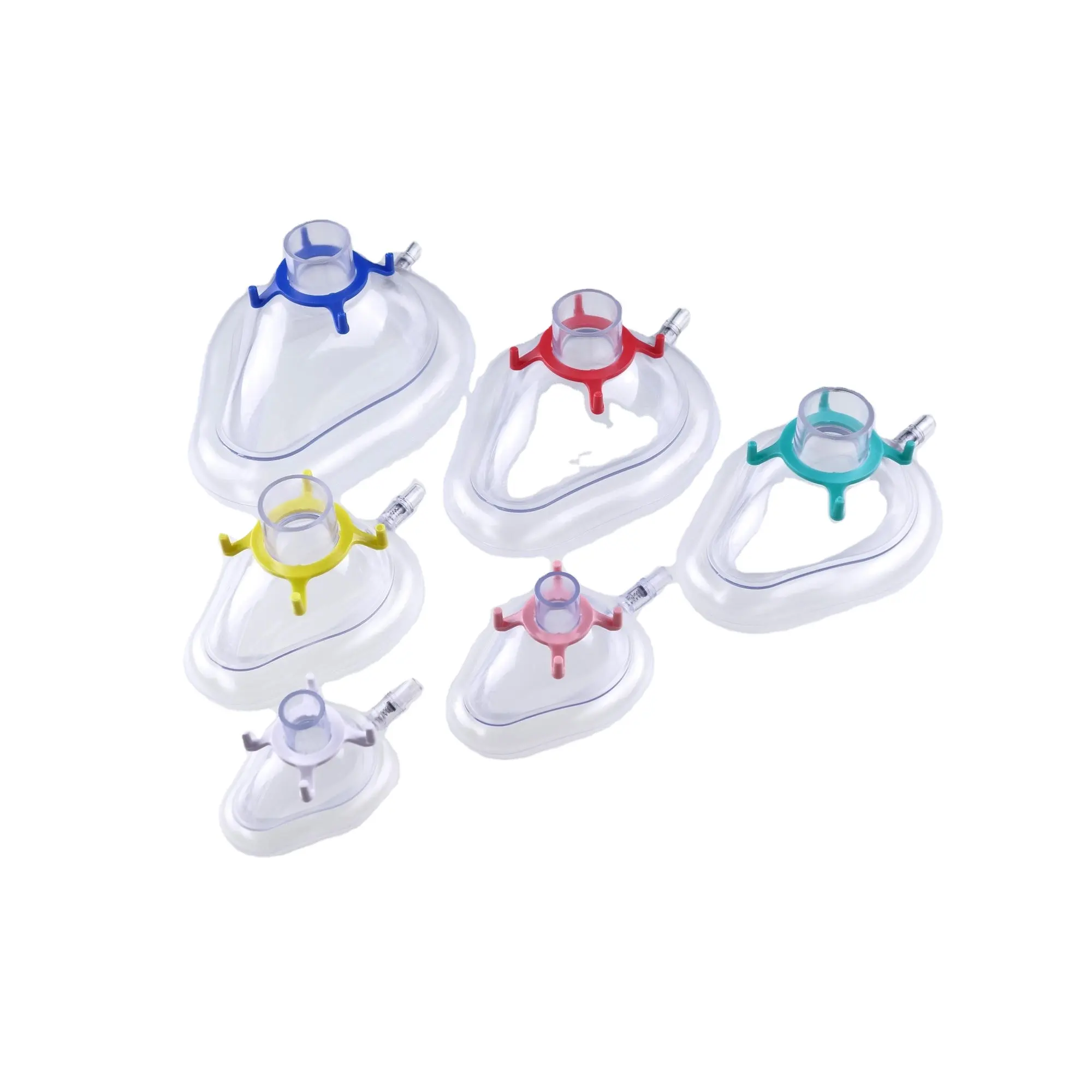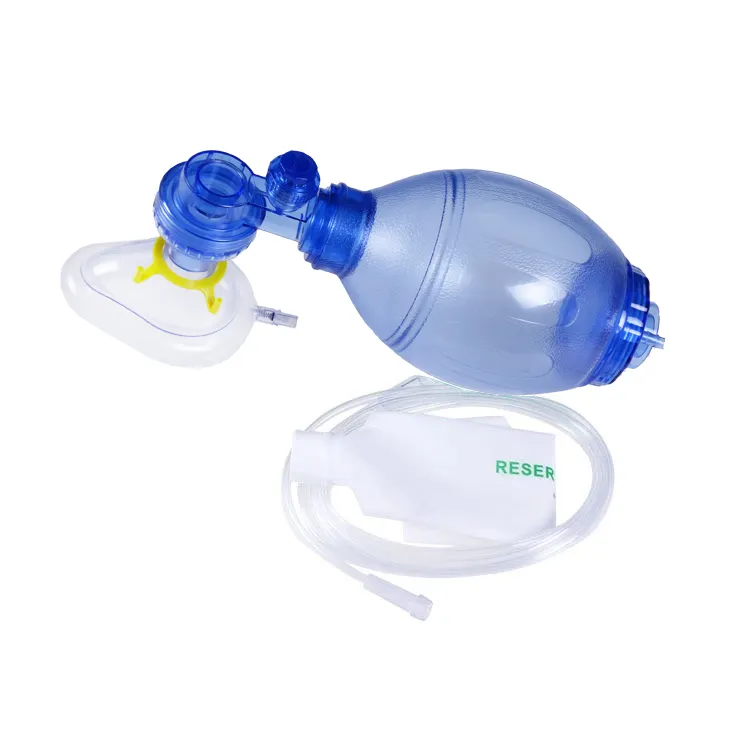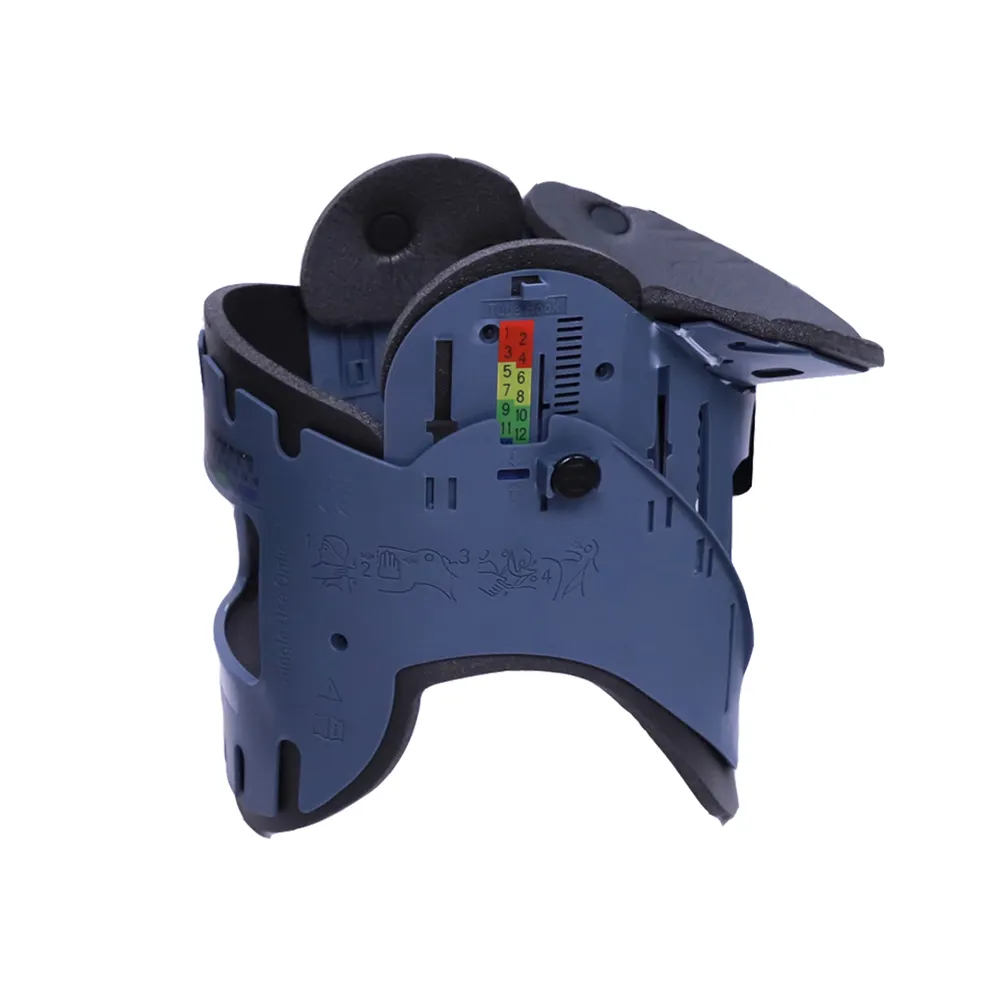In modern industry, gears play a critical role as essential components in precision machining. Whether it's in the transmission systems of aerospace equipment or within the engines of everyday automobiles, the performance and lifespan of gears directly impact the overall efficiency of the machinery. As an engineer deeply involved in studying gear contact fatigue, I fully understand the importance of finite element analysis (FEA) in uncovering stress distribution within gears and the mechanisms behind crack propagation. By using this advanced technique, we no longer rely solely on experience and experiments; instead, we can integrate complex stress fields and real-world process parameters to deliver accurate solutions that enhance gear longevity. In this article, I will take you through how FEA and process control can be used to improve gear machining quality and maximize gear life.
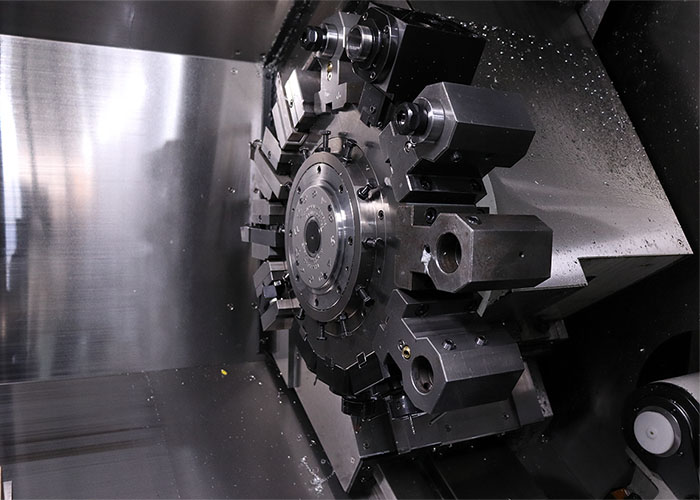
1. Overview of Finite Element Analysis in Precision Gear Machining
In the field of precision machining, finite element analysis (FEA) has become an indispensable tool. It not only provides theoretical support but also serves as a powerful data-driven foundation for gear design and manufacturing. By leveraging FEA, we can predict the behavior of gears under various loads and complex stress conditions ahead of time, helping prevent uncontrolled failures during actual operation and thus increasing both production efficiency and component reliability.
1.2 Key Stress Parameters in Precision Gear Manufacturing
The forces acting on gears during operation are far more complex than they appear. FEA allows us to capture critical stress points, especially in high-load, high-speed scenarios like those found in automotive transmissions. Take the example of BMW in Germany, where FEA was employed to evaluate the stress regions in the critical gear components of dual-clutch transmissions. By identifying areas with high contact stress, BMW optimized gear tooth surface design and carburizing processes, ultimately extending the lifespan of these gears and improving the vehicle's shift smoothness. Similar industry cases show how understanding key stress parameters directly affects gear performance and longevity, allowing for targeted optimization in precision gear machining.
1.3 How FEA Helps Optimize Manufacturing Processes
FEA not only aids in assessing stress distribution in gear design but also provides data to optimize manufacturing processes. For example, in stages such as carburizing, grinding, and shot peening, FEA can help identify the best process parameter combinations, minimizing crack formation and extending component lifespan.
2. Common Failure Modes in Gear Machining and Strategies for Mitigation
The most common failure modes in gear machining are contact fatigue and crack propagation. These two factors often account for the majority of component failures. Therefore, understanding these failure modes and identifying strategies to mitigate them is crucial for every gear design engineer. Through proper process control, these failure modes can be significantly reduced, improving the reliability of components.
2.2 Process Control of Crack Initiation and Propagation
Crack initiation and propagation are critical contributors to gear failure. By controlling parameters in the heat treatment and shot peening processes, the speed of crack initiation can be significantly reduced. For instance, Goldwind, a leading Chinese wind power equipment manufacturer, effectively controlled crack initiation in large wind turbine gearboxes by combining FEA with process optimization. They adjusted shot peening parameters to reduce surface stress concentration in key gears, slowing crack propagation and greatly increasing the operational lifespan of their equipment. This case demonstrates that process control can effectively prevent premature crack formation, boosting the reliability of precision-machined components.
2.3 How Process Adjustments Improve Fatigue Resistance
Each adjustment in the manufacturing process—such as carburizing depth, shot peening coverage, or grinding precision—can significantly enhance a gear's fatigue resistance. Caterpillar, a U.S.-based manufacturer of construction equipment, provides a strong example of successful implementation. Caterpillar optimized shot peening strength and coverage during gear production, reducing the fatigue failure rates in gears used in excavator transmissions. After evaluating residual stress distribution through FEA, they increased the shot peening coverage from 90% to 98%, which led to a 25% improvement in fatigue resistance. This type of process adjustment not only enhances overall equipment reliability but also reduces downtime and maintenance costs.
3. The Importance of Process Control in Extending Gear Lifespan
Whether it's carburizing, quenching, shot peening, or grinding, precise control of every process step significantly impacts the lifespan of gears. The essence of precision machining lies in ensuring accuracy at every stage, guaranteeing the final product's quality and durability.
3.2 The Impact of Shot Peening on Residual Stress in Gears
Shot peening introduces residual compressive stress that effectively improves the fatigue resistance of gear surfaces. However, different combinations of shot peening parameters can greatly influence the residual stress distribution on gear surfaces. In a practical case, a well-known German automotive manufacturer used FEA to compare the effects of different shot peening strengths and shot sizes on residual stress in gear surfaces. The following data were obtained:
| Shot Peening Strength (N/mm²) | Shot Size (mm) | Max Residual Compressive Stress (MPa) | Fatigue Life Improvement (%) |
| 400 | 0.4 | 350 | 10 |
500 | 0.5 | 450 | 15 |
| 600 | 0.6 | 530 | 22 |
| 700 | 0.7 | 600 | 30 |
3.3 Precision Control in Gear Grinding and Its Role
As the final step in gear machining, grinding directly impacts the final precision and surface finish of the gears. Through FEA, engineers can simulate the optimal grinding conditions, ensuring that gears maintain smooth operation under heavy loads while extending their fatigue lifespan.
4. Real-World Applications: How FEA and Process Control Improve Component Lifespan
In precision machining, many real-world applications have demonstrated how the combination of FEA and process control effectively extends component lifespan. In a specific aerospace transmission project, FEA revealed stress concentrations under certain load conditions. Engineers adjusted shot peening and grinding processes, successfully extending the gear's lifespan by more than 20%. This case exemplifies how theory and practice come together to significantly improve gear performance, providing a valuable reference for the future development of precision machining.
As essential components in precision machining, the lifespan of gears depends not only on the rationality of their design but also on the meticulous control of every manufacturing step. From the theoretical guidance of FEA to the practical application of process optimization, we can ensure that gears maintain outstanding performance under high-stress, complex conditions. By continuously refining manufacturing processes and utilizing advanced FEA techniques, the future of precision machining will see the production of more efficient and durable gear components. This approach not only enhances industry competitiveness but also provides customers with longer-lasting, more reliable mechanical products.

